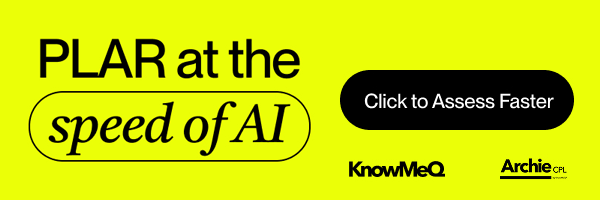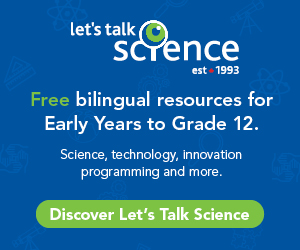I recently attended a two-day event on AI and higher education in Canada, AI-Cademy: Canada Summit for Post-Secondary Education, with the goal of learning how others in our sector are engaging with technological change. In this column, I summarize my personal key learnings and share questions that I continue to ponder. I should note that I write about agentic AI (not simply Gen-AI), as AI that acts independently will also be part of higher education's AI future.
AI and higher education: things I learned
Instructor workloads: There is tremendous potential for AI to help reduce instructor workloads. At the event, I saw a demonstration of an AI tool that took an uploaded article and created multiple choice questions in less than a minute. AI can be used to quickly generate elements of course design (learning outcomes, assignment structures, rubrics), lesson planning (lecture slides, case studies, learning activities) and ancillary materials (videos, images, podcasts).
It is important to stress the role of the instructor, who must review and, if necessary, revise all Al-generated content. As someone who has spent far too much time labouring over the framing of multiple choice questions and creating just the right slides, I see tremendous potential for saving time. Some of this I was aware of before (see: how Gen-AI can support teaching,with Erin Aspenlieder). But after learning it is possible to have a "syllabot" answer queries about the syllabus, I truly became excited.













